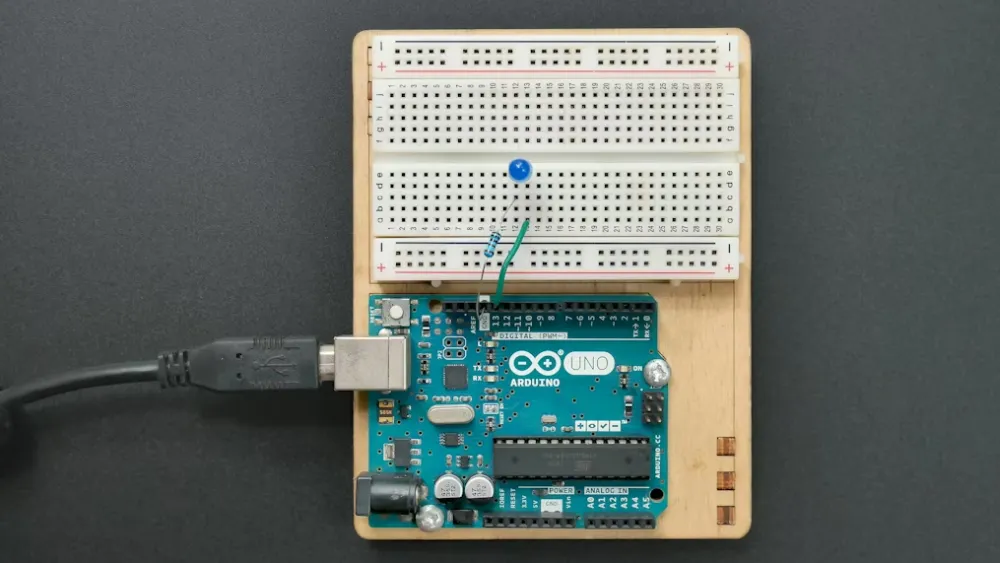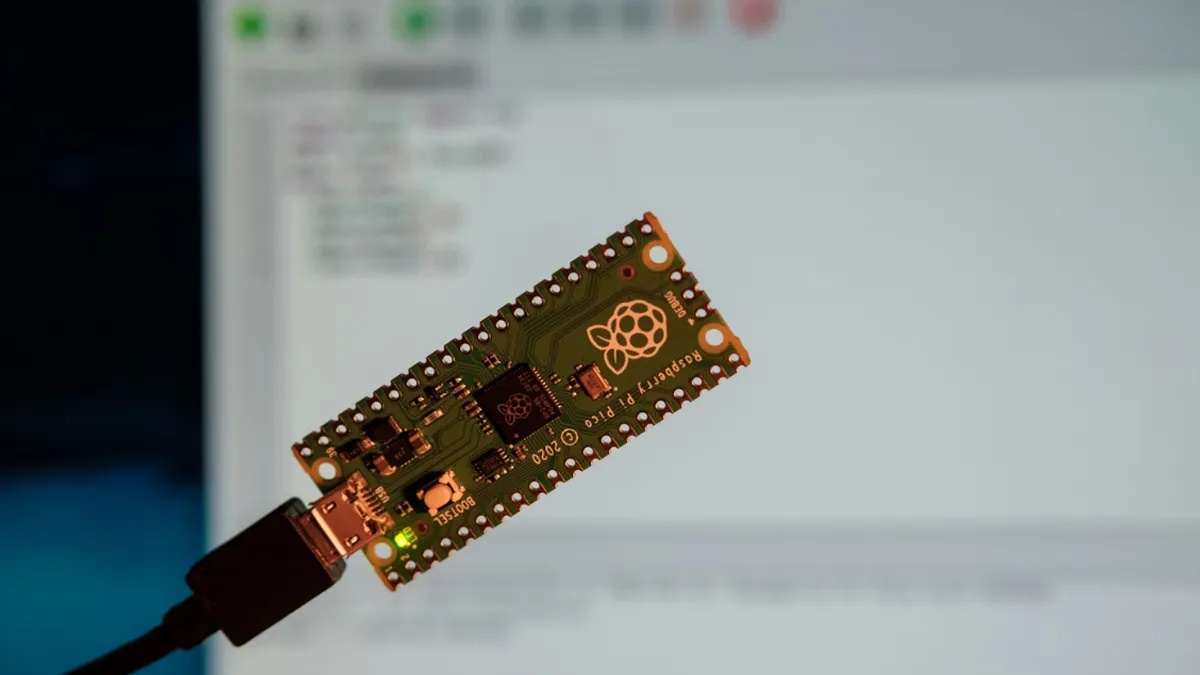
UL 60601 Certification for Medical Electric Actuators
In recent years, the global trend of aging popULations has become increasingly severe, especially in developed countries such as Europe and the United States. This has led to a continuous increase in investment in the medical industry, with the medical equipment market holding immense potential. Among them, the market demand for electric hospital beds is also continuously increasing. By 2020, the global market size had grown to over 6.732 billion USD. Medical electric actuators are important components of electric hospital beds. The growing market demand will also be an opportunity for Chinese manufacturers of medical electric actuators.
For medical electric actuators to enter the North American market, UL certification is generally requiRED. This article briefly introduces how to obtain UL certification for medical electric actuators.
I. UL Certification Standards for Medical Electric Actuators:
The standard for UL certification of medical electric actuators is: iec 60601-1——Medical electrical equipment Part 1: General requirements for basic safety and essential performance.
Basic standards: ANSI/AAMI ES60601-1: A1:2012, C1:2009/(R) 2012 and A2:2010/(R) 2012, CSA CAN/CSA-C22.2 NO. 60601-1:14.
II. UL 60601 Certification Testing Items for Medical Electric Actuators:
1. Ball Pressure Test:
1.1. Test Method: Use the testing equipment shown in the diagram below, according to IEC 60601-1, to test the insulation material of the sample. (A steel ball with a diameter of 5 millimeters at the front end of the ball pressure device acts on the surface of the sample, exerting a force of 20N). Place the testing device in the oven, and when it REACHes the oven temperature, place the sample on it to maintain balance on the surface of the sample. After 1 hour, remove the sample and measure the diameter of the indentation on the sample surface.
1.2. Test Conditions: Oven temperature for the shell and other external insulation components: 75°C ± 2°C or the sum of the temperature rise of the specified ambient temperature in the temperature test and the related component.
1.3. Acceptance Criteria: Diameter of indentation ≤ 2 mm.
2. Enclosure Impact Test:
2.1. Test Method: Test the impact resistance of the enclosure by impacting it with a solid steel ball with a mass of 500g ± 25g and a diameter of approximately 50mm.
2.2. Test Conditions: The steel ball (diameter 50mm, 500g ± 25g) is dropped vertically from a height of 1.3 meters, impacting each side of the plastic shell separately.
2.3. Acceptance Criteria: The enclosure should have no cracks, no accessible charged parts, no gaps affecting electric shock protection, and no gaps affecting basic safety or performance.
3. Enclosure Force Test:
3.1. Test Method: Apply a directional force of 250 N ± 10 N for 5 seconds on the surface of the sample using a test tool with a circular flat surface with a diameter of 30 millimeters, applied to different parts of the enclosure. Note: Not applicable to products with a mass greater than 18 kilograms at the bottom.
3.2. Test Conditions: Force = 250 N ± 10 N for 5 s.
3.3. Acceptance Criteria: The enclosure should have no cracks, no accessible charged parts, no gaps affecting electric shock protection, and no gaps affecting basic safety or performance.
4. Mold Stress Relief Test:
4.1. Test Method: Place the sample in an air-circulating oven and keep it under the following conditions. After meeting the test requirements, remove the sample and inspect for warping, cracking, fracturing, or other changes.
4.2. Test Conditions: The sample is placed in a 70°C oven for 7 hours (or Max. Temp. + 10°C).
4.3. Acceptance Criteria: The sample should have no warping, cracking, or fracturing. For the enclosure, there should be no accessible charged parts, no gaps affecting electric shock protection, and no gaps affecting basic safety or performance.
5. Drop Impact Test:
5.1. Test Method: For accessories and device parts of portable (non-handheld) equipment, drop the sample with a safety working load from the specified height onto a hardwood board 50mm ± 5mm thick below (the board size should not be smaller than the sample size), dropping the sample in three different orientations as it would be placed in normal use.
5.2. Test Conditions: Drop height (cm) = 5 (for generally push rods with a weight ≤ 10kg).
5.3. Acceptance Criteria: There should be no loss to basic safety or performance, no cracks in the enclosure, no accessible charged parts, no gaps affecting electric shock protection, and no gaps affecting basic safety or performance.
6. Harmful Ingress Protection Test:
6.1. Test Method: Medical electric push rods that may be exposed to liquids or particulate matter during use should be designed to provide corresponding protection to prevent liquids or particulate matter from entering the enclosure of medical devices.
6.2. Test Conditions: Protection consistent with IEC 60529 classification must be provided. Test whether the requirements are met by placing medical electrical equipment in the least favorable position for normal use and conducting IEC 60529 tests and inspections.
6.3. Acceptance Criteria: After these tests, medical electrical equipment should not allow liquids or particulate matter that could cause hazards to enter.
7. Abnormal Operation Testing (Motor Lock Testing in Electric Actuators):
According to experience in certification projects, this test is relatively difficult in UL 60601 certification for medical electric actuators and is prone to problems. Stay tuned; we will discuss this test specifically and how products can be designed to better pass the test in the next article.
Email: [hello@jjrlab.com]
Email:hello@jjrlab.com
Write your message here and send it to us
 Infant Support Pillow 16 CFR 1243/1242 & ASTM
Infant Support Pillow 16 CFR 1243/1242 & ASTM
 BRM Registration Card Under CFR Part 1130 Regulati
BRM Registration Card Under CFR Part 1130 Regulati
 How to get a D-U-N-S® Number for US FDA Registrati
How to get a D-U-N-S® Number for US FDA Registrati
 Household Massage Devices Compliance in the China
Household Massage Devices Compliance in the China
 Compliance for the Global In Vitro Diagnostic (IVD
Compliance for the Global In Vitro Diagnostic (IVD
 Compliance Guide for Nebulizers in European and Am
Compliance Guide for Nebulizers in European and Am
 Cybersecurity Certification Service for EU RED Dir
Cybersecurity Certification Service for EU RED Dir
 ANATEL Certification Compliance Guide for Brazil M
ANATEL Certification Compliance Guide for Brazil M
Leave us a message
24-hour online customer service at any time to respond, so that you worry!




